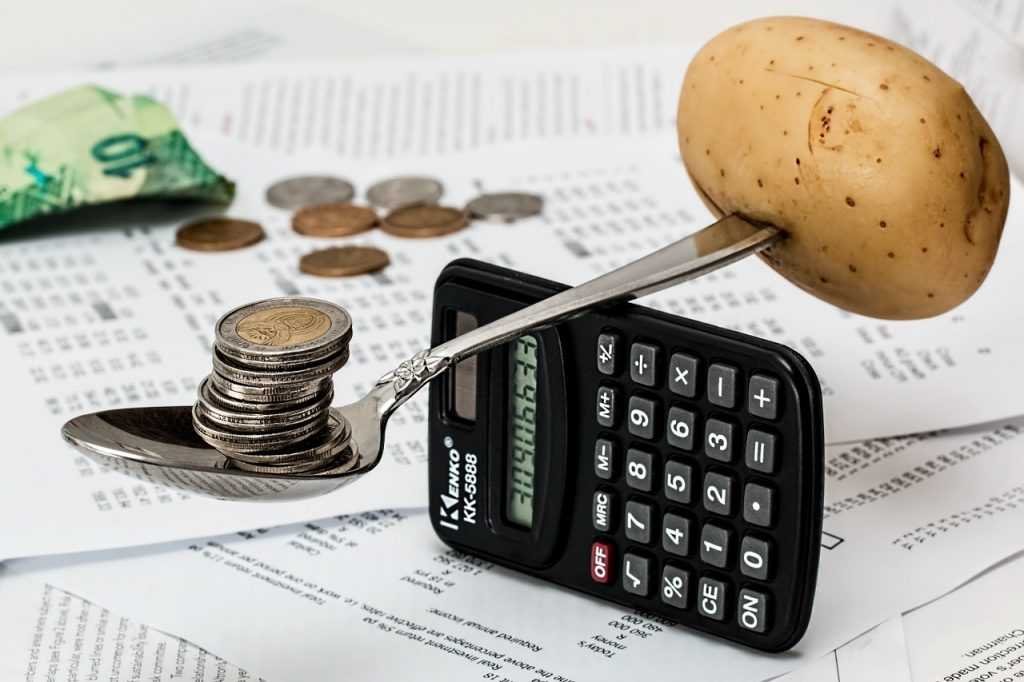 December 2016 had the highest inflation figure since July 2015
December 2016 had the highest inflation figure since July 2015
Inflation was far from our minds for much of 2015. The Consumer Price Index (CPI), the government’s chosen measure, showed annual inflation oscillating between -0.1% and 0.3%. Last year told us a rather different story and by December 2016 prices were rising by 1.6% a year.

The sharp rise over the year is mainly the result of the weakness of the pound since the Brexit vote and rising oil prices. (Don’t forget that we started 2016 with supermarkets selling petrol at 99.9p a litre and diesel at 99.8p.) Looking ahead, there is general agreement that inflation will continue on an upward path. Indeed, the Bank of England’s most recent inflation report estimated we could see a high of 2.7% by the end of 2017 and it may not return to its 2% target until 2020.
The CPI is made up of twelve categories listed below. You can find more information at the Office of National Statistics website here.
[hr]
- Food & non-alcoholic beverages
- Alcohol & tobacco
- Clothing & footwear
- Housing & household services
- Furniture & household goods
- Health
- Transport
- Communication
- Recreation & culture
- Education
- Restaurants & hotels
- Miscellaneous goods & services
[hr]
While the latest figures show that food prices are still falling year-on-year, the other eleven categories making up the CPI are all now in positive territory, as they have been since October. One indicator of what is approaching for the UK economy is that prices for materials and fuels paid by UK manufacturers for processing (so-called input prices) rose 15.8% in 2016.
Resurgent inflation is unlikely to mean any immediate rise in short term interest rates. The Bank of England has so far expressed the view that it will “look through” an increase stemming from external factors beyond its control, such as oil and currency volatility.
For investors, the message is one that should never have been forgotten: when considering investment returns, strip out the effects of inflation: A 2% growth rate represents a loss if inflation is 2.5%.
…when considering investment returns, strip out the effects of inflation: A 2% growth rate represents a loss if inflation is 2.5%
When we look at returns for our client’s investments we include a comparison of inflation as standard, but we use the Retail Price Index (RPI) not the CPI. We use RPI because this includes the effect of housing, such as mortgage interest and council tax, which CPI does not, and we feel this is a more relevant comparison to make for most of our clients.
If you’re concerned about the risk inflation might have on your savings and investments give us a call on 020 8559 2111
[highlight]The value of your investment can go down as well as up and you may not get back the full amount you invested. Past performance is not a reliable indicator of future performance. Investing in shares should be regarded as a long-term investment and should fit in with your overall attitude to risk and financial circumstances.[/highlight]

 December 2016 had the highest inflation figure since July 2015
December 2016 had the highest inflation figure since July 2015